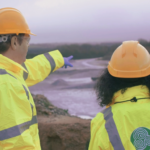
H2.0: The future of water quality
30th August 2023
Identifying and mitigating risk for water and wastewater workers
30th August 2023Conor Murphy, professor in the Department of Geography at Maynooth University, speaks to eolas Magazine about the range of possible climate change effects on water infrastructure amid the likelihood that Ireland’s winters will become wetter and its summers drier.
With an eye on the State’s climate change objective of a climate neutral economy and society by 2050 and the Paris Agreement objective of limiting temperature increases to between 1.5oC and 2oC, Murphy and his colleagues have developed three different emissions scenarios in order to create a range of possible hydrological futures for Ireland:
1.SSP1, “which represents a sustainable future where we realise the objectives of the Paris Agreement”;
2.SSP3, which “could be defined as uneven, contested progress where we are slower at making our way towards global targets”; and
3.SSP5, “the fossil fuel-dependent future, continuing as we are, which is probably unlikely at this stage”.
Using multiple climate models and two hydrological models – GR4J and SMART – the research examined changes in 37 catchments across Ireland.
Seasonal mean river flows
Starting with seasonal mean river flows, Murphy begins to talk through the results of the research. “In the sustainable future scenario, for winter we can see more modest increases than for the higher emissions scenarios, and if we look at summer, we are again looking at modest changes in mean river flows for most catchments if we manage to reduce greenhouse gases globally. Even at that, we are still looking at some catchments showing reductions of up to 20 per cent by the end of the century under this scenario which will still require us to adapt.
“The SMART model shows larger changes in river flows in winter that the GR4J model, with increases by mid-century of about 20 per cent, as high as 40 per cent by the end of the century in some catchments, and in summer, we see significant reductions beyond 20 per cent for the end of the century. For summer in particular, the range of change covers a large spread and emphasises the importance of thinking about how we might build resilience in our water systems to accommodate a wide range of future changes.”
The fossil fuel-intensive scenario shows increases beyond 20 per cent for many catchments before the end of the century, and decreases in summer would become more prominent, with many catchments showing decreases over 30 per cent by the end of the century.
Using Q95, a “very important low flow and water quality metric” that measures the flow exceeded 95 per cent of the time, the GR4J model shows low flows to be facing “substantial reductions even in the sustainable future scenario”, ranging up to 20 per cent. In SSP 3, reductions in Q95 range between 30 and 40 per cent by the end of the century.
“The British and Irish isles experienced the largest change in drought magnitude in summer of anywhere in Europe, including the Mediterranean.”
“That signal of change is also present in the SMART model for higher emissions scenarios, there are large reductions in low flows and Q95,” Murphy says. “For the 2050s, we see 20 per cent reductions for the middle of the road scenario and reductions exceeding 40 per cent for the fossil fuel intensive future.”
Explaining the importance of these figures, Murphy says: “Such changes show the urgency and present challenges to think through in terms of how we adapt, particularly given that other changes that are happening concurrently with increases in water demand, pressures on biodiversity and ecology, and other issues that are important within society. For successful adaptation we need to integrate these pressures and think about identifying solutions that offer multiple benefits.
“An important question we are often asked is: how does mitigation decrease the impacts and avoid adaptation costs into the future? Sometimes you hear either/or type discussions, such as should we reduce emissions within the sector or do we invest in adaptation to build resilience. We must do both; it is not one or the other. Climate change is already happening, and it is about adapting to the changes that are happening and trying to avoid the worst consequences. Even the sustainable future presents us with impacts we will have to adapt to.”
Drought
One of the most commonly discussed effects of climate change with regard to water is drought, and Murphy says that the “short, sharp” drought of 2018 has “reawakened us to sensitivity of drought in Ireland”. Using standardised indices to analyse drought events, Murphy’s research shows a decrease in precipitation in the summer, particularly from mid-century onwards. “When we look at agricultural drought, which is precipitation minus evaporative losses, we can see significant reductions, pointing to significant droughts in summer,” he says.
“This highlights potentially large reductions in available water resources during the summer months. In terms of annual and seasonal drought magnitude, we can look at future projected changes through these standardised indices, and the key take home message is a large increase in the magnitude of summer droughts.
“European work that we have done to contextualise droughts from precipitation records back to 1850 show that the British and Irish isles experienced the largest change in drought magnitude in summer of anywhere in Europe, including the Mediterranean.”
Commenting briefly on the perception that rainfall is increasing, Murphy says that this perception is correct, particularly when looking at rainfall intensity and that long-term records show rainfall intensity increase by between 7 and 8 per cent for every 1oC temperature rise, and that Ireland is also seeing wetter winters. The key challenge for water management is going to be what happens in summer, through reductions in rainfall and increases in temperature and evaporation.
Mitigation and adaptation
Reflecting on the research, Murphy concludes: “The overall distribution of change as derived suggests wetter winters and drier summers. These are consistent changes in terms of the magnitude and ranges in other work, particularly for the UK. These changes will have significant impacts on water resource management, biodiversity, and for ensuring a resilient future. What is crucial is, given the importance of summer change, monitoring droughts using indicators that include evapotranspiration is crucial. I am not sure that we do that at present and just focus on precipitation, but we need to look at the combination of precipitation and evapotranspiration.
“A key take home message from our research is that reduced greenhouse gas emissions result in more modest impacts, particularly for low flows, highlighting the importance of mitigation and adaptation. It is crucial that we stress test adaptation decisions and investment in water infrastructure to be functional across the range of changes possible. If we do not, we are creating lock in for the future and the infrastructure we invest in might not be fit for purpose in 50 years’ time.”
The full research paper – Simulated Changes in Seasonal and Low Flows with Climate Change for Irish Catchments – is open access and available to read on www.mdpi.com.

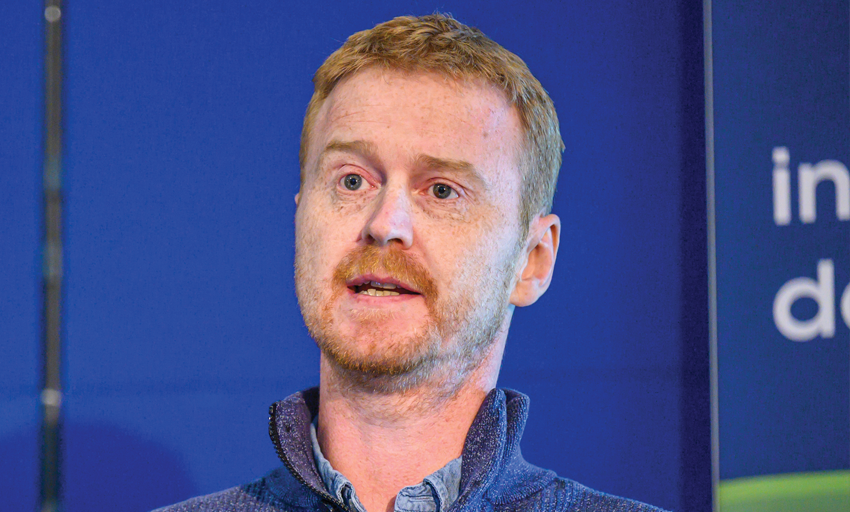


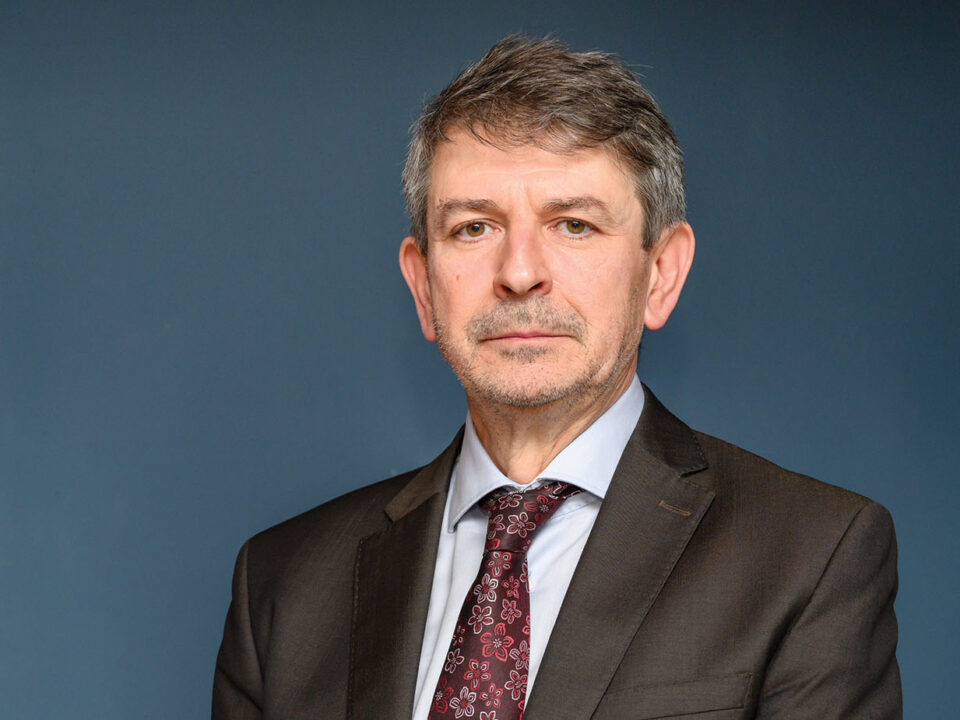
 Ossian Smyth TD
Ossian Smyth TD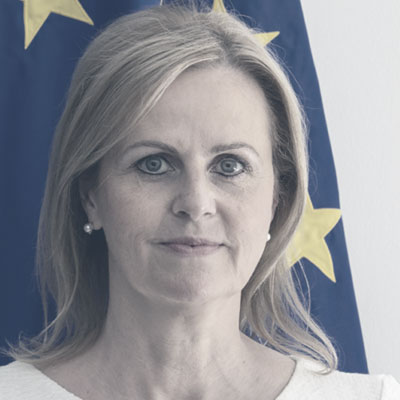 Florika Fink-Hooijer
Florika Fink-Hooijer Antoine Oger
Antoine Oger Laura Curtis-Moss
Laura Curtis-Moss Anthony Costello
Anthony Costello Anja Murray
Anja Murray Niall Ó Donnchú
Niall Ó Donnchú Mike Savage
Mike Savage Brian Carroll
Brian Carroll Claire Downey
Claire Downey Oisín Coghlan
Oisín Coghlan Stephen Onakuse
Stephen Onakuse Kevin O’Sullivan
Kevin O’Sullivan Susan Hegarty
Susan Hegarty Hendrik W van der Kamp
Hendrik W van der Kamp Philip Nugent
Philip Nugent Adrian Smyth
Adrian Smyth  Ainhoa Gonzalez Del Campo
Ainhoa Gonzalez Del Campo  Geoff Dooley
Geoff Dooley  Clare Pillman
Clare Pillman  David Greenfield
David Greenfield Danielle Conaghan
Danielle Conaghan Peter McEvoy
Peter McEvoy Triona McGrath
Triona McGrath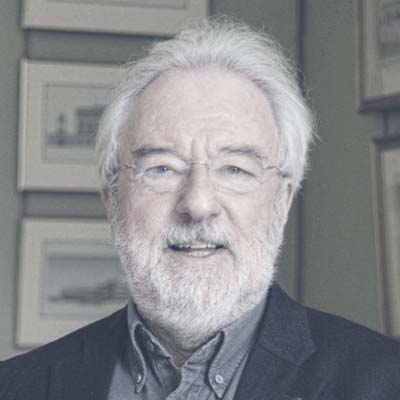 J Owen Lewis
J Owen Lewis Gavin Smith
Gavin Smith Imelda Hurley
Imelda Hurley Lucy Gaffney
Lucy Gaffney Dr Venkatesh Kannan
Dr Venkatesh Kannan Kevin Hegarty
Kevin Hegarty Eimear Cotter
Eimear Cotter Aditya Arora
Aditya Arora Patric Child
Patric Child Eleanor Roche
Eleanor Roche Andy Bleasdale
Andy Bleasdale Andrew Muir MLA
Andrew Muir MLA Chris Hewitt
Chris Hewitt Francesca Racioppi
Francesca Racioppi Christopher Hammond
Christopher Hammond Laura Díaz Anadón
Laura Díaz Anadón Lorna McAdoo
Lorna McAdoo Conor Murphy
Conor Murphy  Mark Horton
Mark Horton  Niall McLoughlin
Niall McLoughlin  Zoe Kavanagh
Zoe Kavanagh Niall Ó Donnchú
Niall Ó Donnchú Venkatesh Kannan
Venkatesh Kannan David McGee
David McGee Anna Rose
Anna Rose Paul Hogan
Paul Hogan








